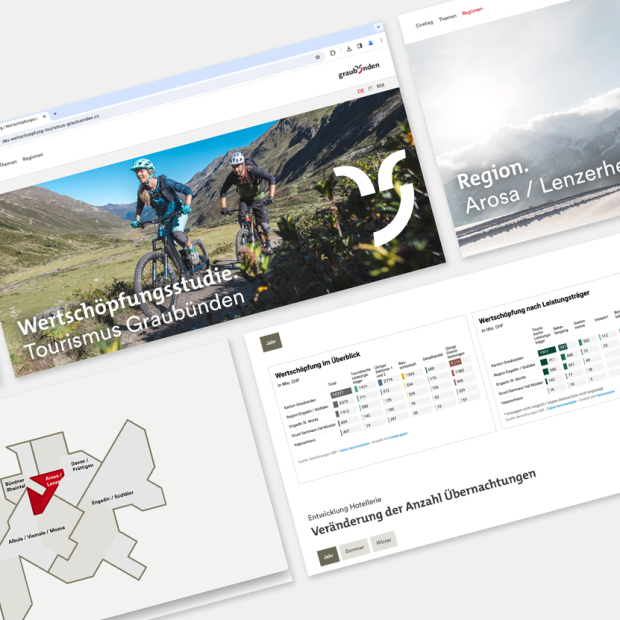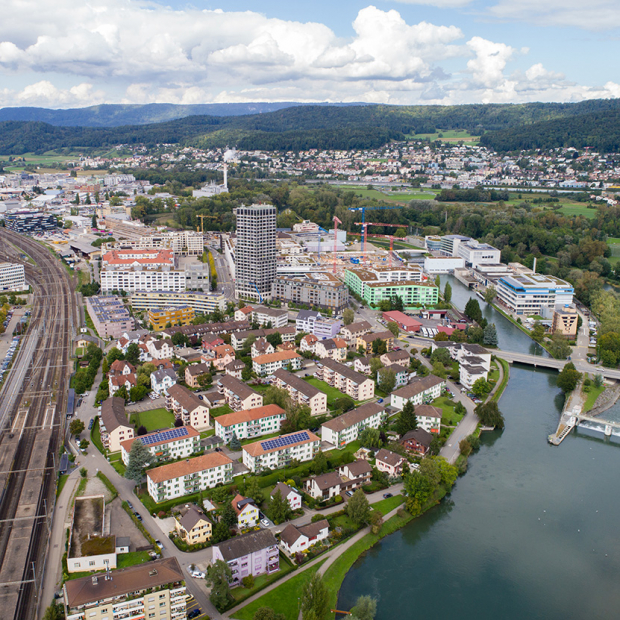

The regional economic impact of renovating the rail line between Neuchâtel and La Chaux-de-Fonds
The railroad from Neuchâtel to La Chaux-de-Fonds and Le Locle has been in operation since 1860. In the context of initial planning procedures, EBP was commissioned to ascertain the impact of various renovation options on the regional economy.
Considering the options in light of their economic impact
Various options are available for the renovation of the rail line. One option would involve closing the line for a period of 21 months. Other options would involve closing the line for shorter periods or even maintaining rail operations throughout the renovation. The impact of the various options on the regional economy in the canton of Neuchâtel can therefore be expected to differ significantly.
One other consideration is that while a straightforward renovation of the rail line would secure the current level of services, it would not be enough to transform the line into a modern, efficient and high-volume railroad service. The Republic and Canton of Neuchâtel is therefore now examining the option of building a completely new and largely underground direct line from Neuchâtel to La Chaux-de-Fonds. This option is expected to have a significant impact on regional economies in the canton of Neuchâtel on account of a revised route, improved travel times and the necessary construction measures.
The impact of the construction phase on the regional economy
The planning and construction of a new direct line between Neuchâtel and La Chaux-de-Fonds is expected to require significant investments. However, according to a sector analysis commissioned by the canton of Neuchâtel, a large portion of the planning and construction services can be provided by local planning firms and construction companies. The only exception here involves various specialized railway engineering services that would require the involvement of providers based outside the canton. While the companies that are commissioned to complete the construction of the new line can be expected to benefit directly from project investments, indirect benefits for the region can also be expected. Overall, estimates show short-term economic benefits corresponding to 37% of the total investment volume for a new direct line.
Project impact on passengers and the regional economy
The project’s impact is assessed in terms of the following parameters:
- Impact on passenger comfort (e.g. on account of changes in terms of journey times and available destinations)
- Impact on the various regional economies: changes to the range of available destinations will not only have a beneficial impact on passengers. It will also lead to a redistribution of expenses and revenues among the various communities. In our analysis, we examine the impact these changes can be expected to have in relation to the various purposes of travel (e.g. shopping, commuting, recreation, education, etc.).
The impact was also examined separately for each of the various communities that are served by the railroad line.
Results
The selected methods of analysis enabled us to quantify the impact the various renovation or modernization options can be expected to have on the various regional economies. Clear differences emerged from region to region. Around 90% of the impact can be accounted for by benefits to prospective passengers. For instance, some negative economic effects in individual regions were more than compensated for by the introduction of expanded services for passengers.
Concrete content of the project is given solely by the client.









